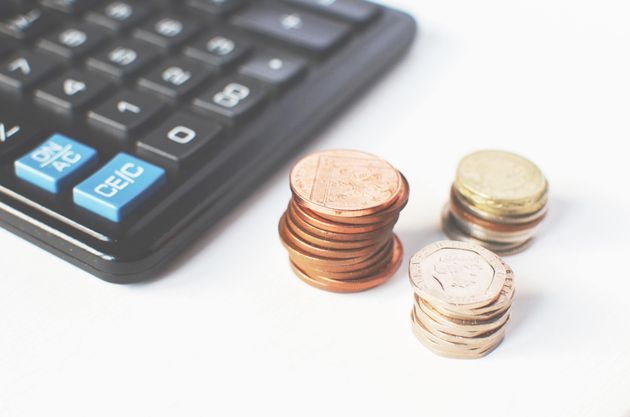
Friday marks the start of the personal tax year. Some of you may have been topping up your ISA or pension to maximise your tax-free savings. However, for most, I imagine that apart from the YTD Earnings on your pay slip being reset to a somewhat depressing ‘zero’, the date passes without too much notice.
We should not, however, let Friday’s deadline pass unnoticed. It presents an ideal opportunity to spring clean our finances, to set our affairs in order and to establish some clear goals for the financial year ahead.
And if we’re smart, we’ll use the chance to do the same with our children, too. Ultimately, any opportunity to teach our children about money is a welcome one. While taxation, money and budgeting can seem like distant, grown-up, and undoubtedly to our kids, decidedly unexciting topics, lessons learned at a young age play an important, long-term role in determining financial behavior as adults.
Schools are doing a sound job at teaching children about money, but if these lessons only take place in the classroom we risk letting money become a purely academic subject. Whereas, if children are introduced to financial planning at a young age it will make the eventual shift into adulthood, and the arrival into the world of interest rates and national insurance contributions that bit easier!
So, when it comes to helping your children spring clean their finances, what can be done?
· Chart your child’s behavior: collect old bank statements and receipts and get your children to work out how much they spent last year and on what. It will quickly become clear that all those Saturday morning trips into town add up.
Work out what and when your children are spending. Are they breaking the bank on in-app downloads during evenings and weekends or on overpriced hot chocolates and paninis while in town with their friends? Determining when your children are at their most profligate will help when it comes to formulating a new financial plan with them (and remind them to stash a bit more away for when they want it the most!).
· Plan ahead: Once you’ve helped your child chart their past spending habits, establish a new spending and saving plan. Try setting a target for what proportion of their allowance is to be used for different purposes, such as: saving for the future; day-to-day spending, saving up for a larger purchase; and donating to charity and helping ;others.
This is a great way of simulating the effects of taxation in the home and getting children to plan around regular outgoings.
· Set a savings goal: There is, perhaps, no better experience in life than having finally saved up to buy that dream item. The latest computer game or must-have designer trainers are that much more appreciated when children have saved up for it themselves. Encouraging children to learn the benefits of saving at a young age will also help them learn the value of budgeting later in life.
So, help your children: let them pick an item they really want and are prepared to save towards and, perhaps, for a larger purchase, offer to pay half. Have regular catch ups so your children can see how their savings are growing and help them stay on track by monitoring outgoings. Targeted saving really helps demonstrate its benefits.
As the personal tax year starts, see it as an opportunity to help your children clean up their finances and to look afresh at how they handle money. Spring is a time of renewal – and this applies to money, too.